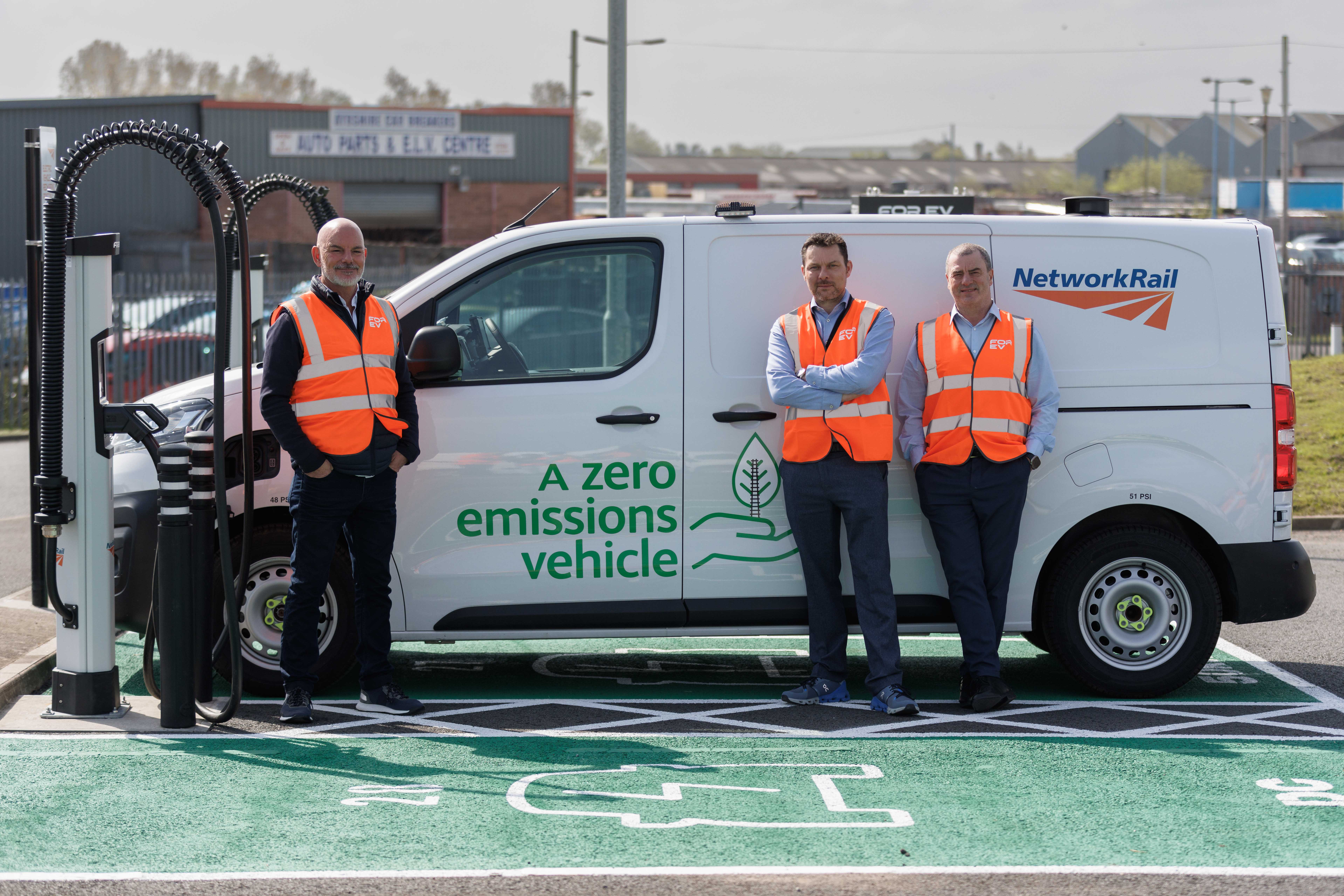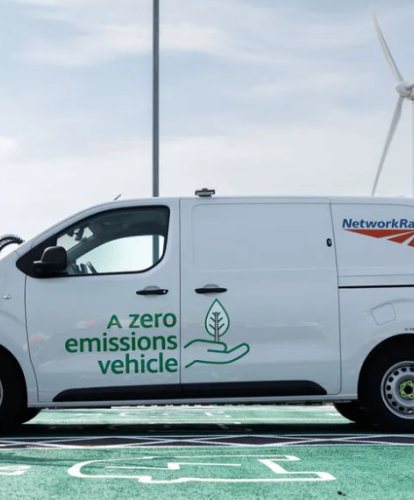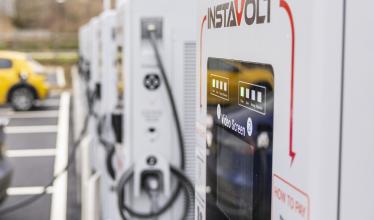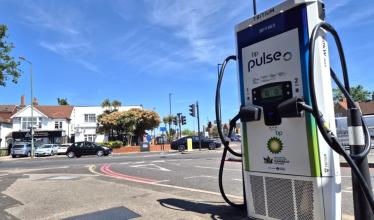FOR EV has completed the first of two major EV charging hub installations in Irvine and Cowlairs, Glasgow, as part of a landmark project that will support Network Rail Scotland in electrifying its operational fleet.
The charging hubs have the capacity to charge 56 fleet vehicles simultaneously via both AC and DC charging, and include load-balancing technology to meet the demands of the rail network.
The first EV charging hub at Irvine was delivered in just nine weeks with the support of utilities contractor, Energy Assets, with uninterrupted access 24/7 during installation to ensure the site was fully operational for Network Rail Scotland.
It forms part of Network Rail’s National Road Fleet Transformation Programme (NRFTP), which will see its fleet cars and vans transition to zero emission vehicles.

FOR EV’s charge points only use 100% fully accredited renewable energy.
While these new charge points are not available for public use, thanks to a live data partnership with Zapmap, users of the Zapmap app and web map can find available public FOR EV charge points with ease by filtering by network.
“We’ve developed a strong working relationship and created a bespoke and beneficial solution for Network Rail Scotland. It enabled us to deliver a complex project on time and budget to the highest possible standards of compliance,” said Lindsay Wallace, FOR EV Executive Director, Sales & Innovations Europe.
“Network Rail Scotland has been a great organisation to work with and we are delighted to be part of their journey to Net Zero. We have demonstrated that we can meet the expectations of large and complex organisations who operate nationally important infrastructure, working to the highest standards of quality and assurance.
“Transitioning a fleet of the past to a fleet of the future is symbolic of FOR EV’s overarching purpose, to help accelerate the move to more sustainable means of travel.”



